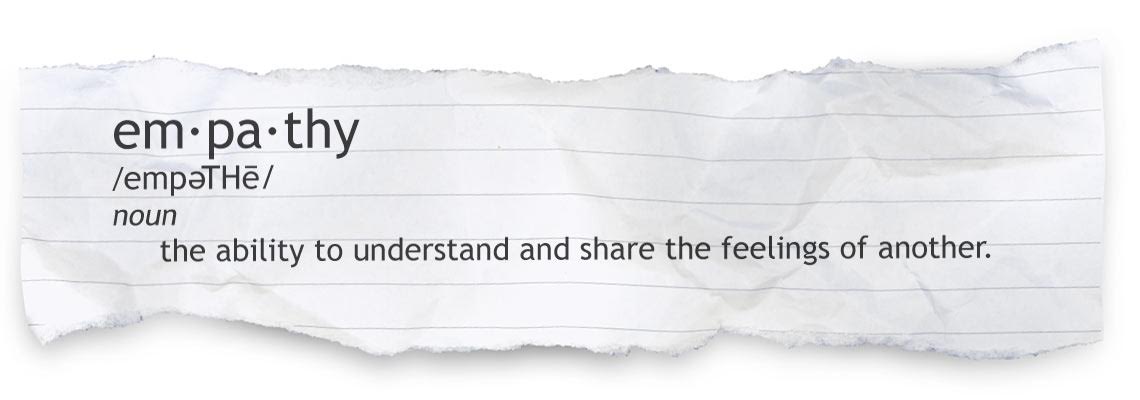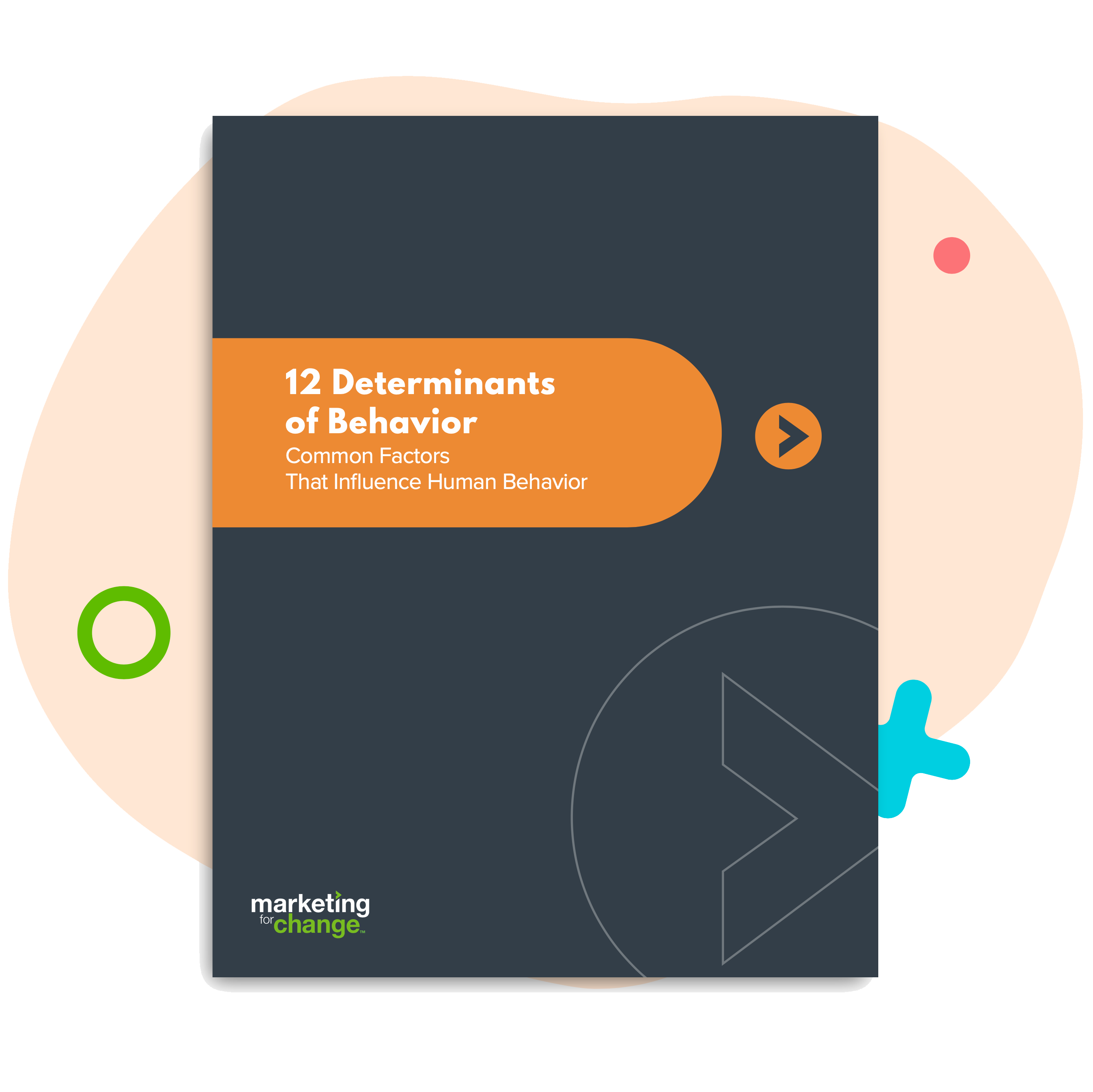
The Not-So-Secret Ingredient of Change-Making: Empathy
The official theme at the frank conference last week in Florida — a SXSW-type gathering for social change communicators — was curiosity, but there was a parallel current running through the Ted-style talks and “Scrums and Skills” break-out sessions:
Empathy.
“Curiosity is a form of empathy,” noted Charles Fishman, a journalist (and old friend of mine) who wrote the book A Curious Mind with Hollywood genius Brian Grazer. In a later session, Shannelle Matthews, communications director of the Black Lives Matter Global Network, talked about the importance of making emotional connections in door-to-door organizing: “We need more empathy.”
Empathy, however, can be hard to come by, even among people who dedicate their lives to making the world a better place.
For the past several months, I’ve been giving behavior change marketing workshops across Florida, Alabama and Texas. I’ve thoroughly enjoyed helping on-the-ground changemakers who work day in and day out to stop litter, conserve water, protect wildlife, and otherwise engineer progress for the social good.
But I quickly learned that before I can teach the six basic elements of a marketing plan, I first have to help these change agents walk a mile or so in the shoes of their target audiences.
As experts in environmental, public health, transit and other social issues, these professionals are knowledgeable and passionate about their subjects. They have clear convictions about what people should do and how they should think — and they often have a raft of scientific studies that back them up.
But when the target actors don’t think or act the way they “should” — if, as so often is the case, they instead choose illogical behaviors that harm themselves or others, or destroy something precious — all too often these agents for good dismiss entire swaths of people as “stupid.”
So how do you get to empathy? The first step is to ask questions. In his book, Fishman writes about how Grazer developed a lifelong habit of conducting what he called “curiosity conversations,” short interviews with people who had sparked his interest in some way. The goal of these conversations with scientists, musicians, entrepreneurs and politicians (more than 500 interviews over the last quarter century) is not to dig for film ideas, but to help Grazer keep his finger on the pulse of social and cultural trends and the attitudes and feelings surrounding them.
But to get to empathy, questions alone are not enough. Empathy has two components — not just understanding another human being, but sharing their feelings. And that requires not just asking “why” and “tell me more” in personal conversations or through market research. It also requires setting aside one’s own agenda, creating an emotional space that validates feelings, and listening to the answers with an open mind.
For some of us here at Marketing for Change, it’s helpful to take it a step further. We take the time to mentally take off our marketing hat and put on a “real person” hat. We’ll visualize our target actors, think through the values that research tells us they hold, and experiment with how our call to action, messaging or brand resonates (or not) from their point of view.
In a recent op-ed in the New York Times, Charles Peters writes about how his home state of West Virginia was once the land of JFK, but a series of tone-deaf policy decisions moved it virulently to the land of Trump. “The liberal position is on the whole the right one, but the failure to understand the legitimate concerns of the other side causes anger and resentment,” he writes.
And how to turn the tide? Empathy, of course. Peter writes that liberals must “advocate fair play for all, and instead of looking down on Trump voters as a bunch of boobs and bigots, listen to their concerns.
“If we don’t listen,” he concludes, “how can we persuade?”
Indeed.

Sara Isaac is the agency’s chief strategist.






